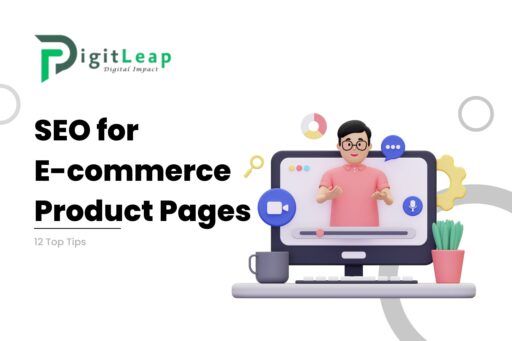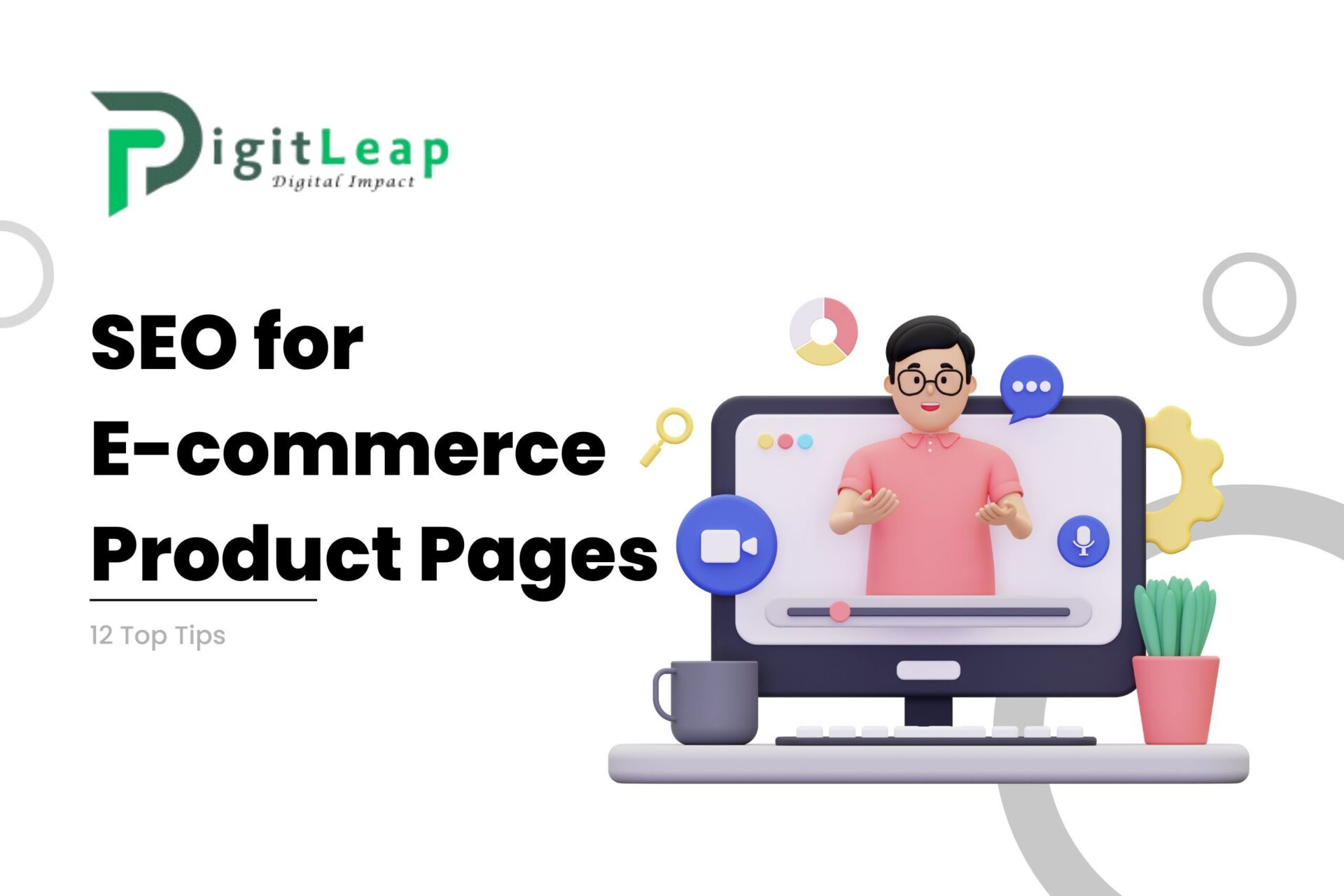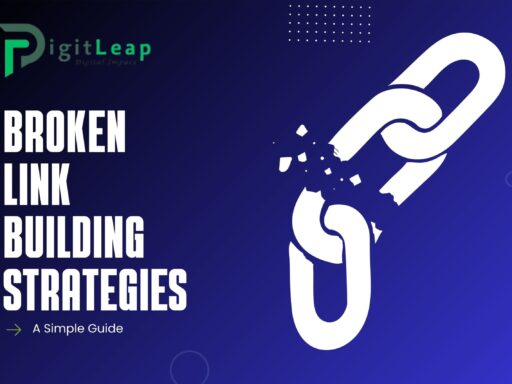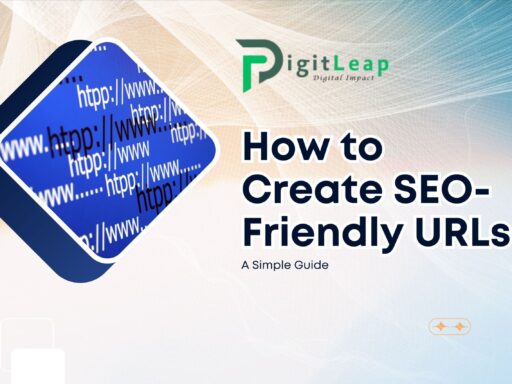SEO for E-commerce Product Pages: 12 Top Tips
Introduction
In the competitive world of e-commerce, having well-optimized product pages is essential for attracting potential customers and improving your search engine rankings. By implementing effective SEO strategies, you can enhance your product visibility, drive more traffic to your site, and ultimately boost sales.
Conduct Keyword Research
Identify Relevant Keywords
Start by identifying the keywords that potential customers might use when searching for your products. Think about what terms they would use and how they phrase their queries.
Use Keyword Research Tools
Leverage tools like Google Keyword Planner, Ahrefs, or SEMrush to discover high-traffic keywords and analyze their competitiveness. These tools can help you find keywords with the best potential for your product pages.
Focus on Long-Tail Keywords
Long-tail keywords are more specific and often less competitive. They can attract highly targeted traffic and lead to better conversion rates. For example, instead of “shoes,” use “women’s waterproof hiking boots.”
Optimize Product Titles
Incorporate Keywords Naturally
Include relevant keywords in your product titles to improve search engine visibility. However, ensure the titles remain clear and descriptive to both search engines and potential buyers.
Keep Titles Clear and Descriptive
Your product title should accurately describe the item, including its brand, type, and any key features. Avoid keyword stuffing and focus on providing a clear and compelling description.
Write Compelling Product Descriptions
Highlight Key Features and Benefits
Your product description should highlight the key features and benefits of the item. Explain how it solves a problem or meets a need, making it easier for customers to understand its value.
Use Unique and Engaging Language
Avoid generic or duplicate content. Write unique descriptions that engage customers and differentiate your products from competitors. Use persuasive language to encourage purchases.
Include Keywords Strategically
Incorporate keywords naturally into your product descriptions, but prioritize readability. The goal is to enhance relevance without compromising the quality of the content.
Optimize Product Images
Use High-Quality Images
High-quality images are crucial for e-commerce. They provide a clear view of the product, which helps customers make informed purchasing decisions. Ensure your images are sharp and well-lit.
Implement Alt Text and Descriptive File Names
Add alt text to your images to describe what they show. This not only helps with accessibility but also improves SEO. Use descriptive file names that include relevant keywords.
Improve Page Load Speed
Optimize Image Sizes
Large image files can slow down your page load speed. Compress and resize images to balance quality and performance. Tools like TinyPNG can help with image compression.
Utilize Caching and Compression
Implement caching and compression techniques to speed up page load times. This can enhance user experience and improve your search engine rankings.
Enhance User Experience (UX)
Ensure Mobile-Friendliness
With the rise of mobile shopping, it’s essential that your product pages are mobile-friendly. Test your pages on different devices to ensure they display correctly and offer a smooth user experience.
Create Easy Navigation
Make it easy for customers to navigate your site and find what they’re looking for. Use clear categories, filters, and search functions to enhance the overall shopping experience.
Include Customer Reviews and Ratings
Encourage Authentic Reviews
Encourage customers to leave reviews and ratings for your products. Positive reviews build trust and can influence potential buyers.
Display Ratings Prominently
Show ratings and reviews prominently on your product pages. This social proof can boost credibility and encourage more purchases.
Utilize Structured Data Markup
Implement Schema Markup for Products
Use schema markup to provide search engines with additional information about your products. This can enhance search engine results with rich snippets, such as product ratings and prices.
Improve Search Engine Understanding
Structured data helps search engines understand the content of your pages better. This can improve your visibility in search results and attract more relevant traffic.
Optimize URL Structure
Use Clean and Descriptive URLs
Create URLs that are clean and descriptive. Include relevant keywords and avoid using unnecessary parameters or special characters.
Incorporate Keywords
Incorporate keywords into your URLs to improve SEO. A well-structured URL can provide both search engines and users with a clear idea of the page’s content.
Add Internal and External Links
Link to Related Products
Add internal links to related products to keep users engaged and encourage them to explore more items on your site.
Include External References When Relevant
If applicable, include external links to reputable sources that provide additional information or context. This can add value to your content and enhance credibility.
Monitor and Analyze Performance
Use Google Analytics and Search Console
Track the performance of your product pages using Google Analytics and Google Search Console. Monitor metrics like traffic, bounce rates, and conversion rates to assess effectiveness.
Adjust Based on Data Insights
Use the data collected to make informed adjustments to your SEO strategy. Optimize underperforming pages and build on successful elements to improve overall performance.
Conclusion
Optimizing your e-commerce product pages for SEO is essential for driving traffic and increasing sales. By following these 12 tips, you can enhance your product visibility, improve user experience, and boost your search engine rankings. Implement these strategies and watch your online store thrive.
FAQs
Q.1 What is the importance of product page SEO?
Product page SEO is crucial for improving search engine visibility, attracting targeted traffic, and increasing sales. Well-optimized pages rank higher in search results and drive more qualified leads.
Q.2 How can I find the right keywords for my product pages?
Use keyword research tools like Google Keyword Planner and SEMrush to find relevant keywords. Focus on long-tail keywords to target specific customer searches.
Q.3 Why should I optimize product images for SEO?
Optimizing product images helps improve page load speed, enhances user experience, and increases search engine visibility through alt text and descriptive file names.
Q.4 What is structured data markup and how does it help?
Structured data markup provides search engines with additional information about your products, improving how your pages appear in search results with rich snippets like ratings and prices.
Q.5 How can I improve my product page load speed?
Optimize image sizes, use caching, and implement compression techniques to enhance page load speed. Faster load times improve user experience and search engine rankings.






